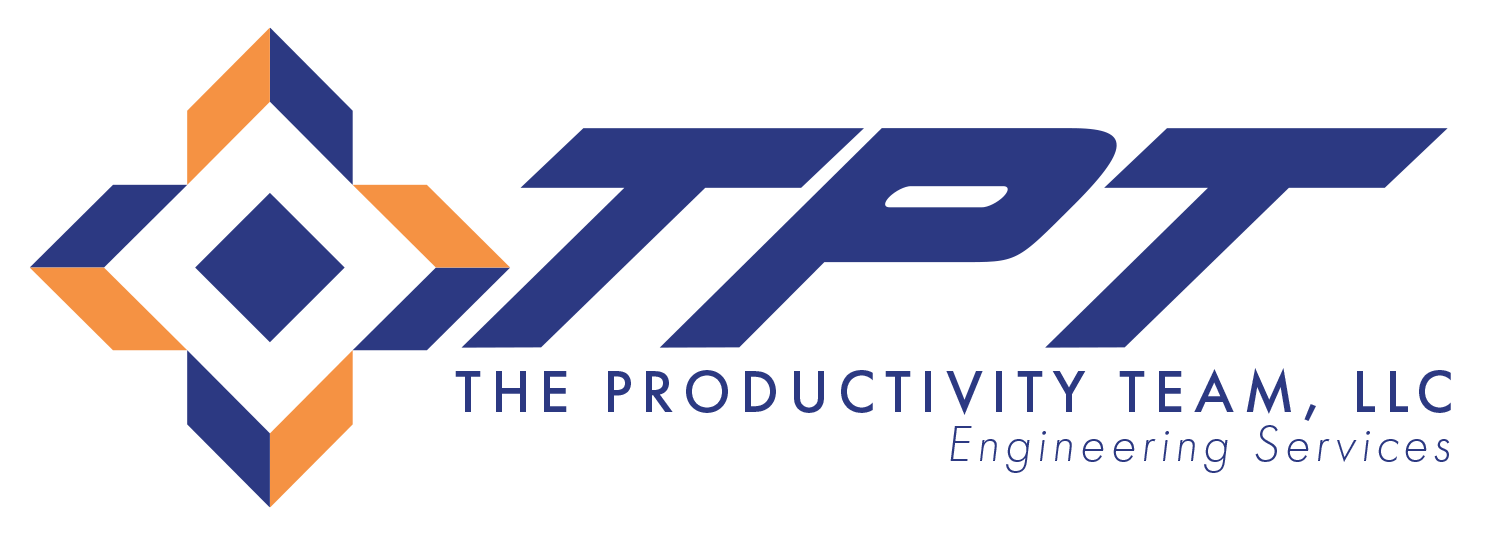What is Six Sigma Consulting?
Lean Six Sigma Consulting is a method that provides organizations tools to improve the capability of their business processes. This increase in performance and decrease in process variation helps lead to defect reduction and improvement in profits, employee morale, and quality of products or services.
“Six Sigma quality” is a term generally used to indicate a process is well controlled (within process limits ±3s from the centerline in a control chart, and requirements/tolerance limits ±6s from the centerline).
The Methodology
There are mainly two methodologies of Six Sigma namely DMAIC and DMADV. DMAIC is a data driven Six Sigma methodology for improving existing products and processes. The DMAIC process should be used when an existing product or process can be improved to meet or exceed the customer’s requirements.


Six Sigma Techniques
The 5 Whys
The 5S System
Value stream mapping
Regression analysis
The 5 Whys
The 5S System
Value Stream Mapping
Regression Analysis
Pareto Chart
Failure Mode Effects Analysis (FMEA)
Kaizen (Continuous Improvement)
Poka-yoke (Mistake Proofing)
Pareto chart
Failure mode effects analysis (FMEA)
Kaizen (continuous improvement)
Poka-yoke (mistake proofing)
What is the Difference between Six Sigma and Lean?
Lean and Six Sigma both provide customers with the best possible quality, cost, delivery, and a newer attribute, nimbleness. There is a great deal of overlap between the two disciplines; however, they both approach their common purpose from slightly different angles:
Lean focuses on waste reduction
Lean achieves its goals by using less technical tools such as kaizen, workplace organization, and visual controls
Lean focuses on waste reduction
Lean achieves its goals by using less technical tools such as kaizen, workplace organization, and visual controls
Six Sigma emphasizes variation reduction
Six Sigma tends to use statistical data analysis, design of experiments, and hypothesis testing.
Six Sigma emphasizes variation reduction
Six Sigma tends to use statistical data analysis, design of experiments, and hypothesis testing.
Often successful implementations begin with the lean approach, making the workplace as efficient and effective as possible, reducing waste, and using value stream maps to improve understanding and throughput. If process problems remain, more technical Six Sigma statistical tools may then be applied.
The TPT Difference
TPT has several Six Sigma Black Belts and Lean practitioners with extensive experience in multiple business sectors. Our staff is all hands-on SME’s with a passion for improving manufacturing processes and transferring knowledge to our client’s process stakeholders. We have successfully reduced wastes and inefficiencies for our clients and made an improvement to their monthly P&L’s.
Contact Us to Learn More About Our Lean Six Sigma Consulting
Any company can benefit from Six Sigma consulting. To learn more about our Lean Six Sigma services, contact the team today!
